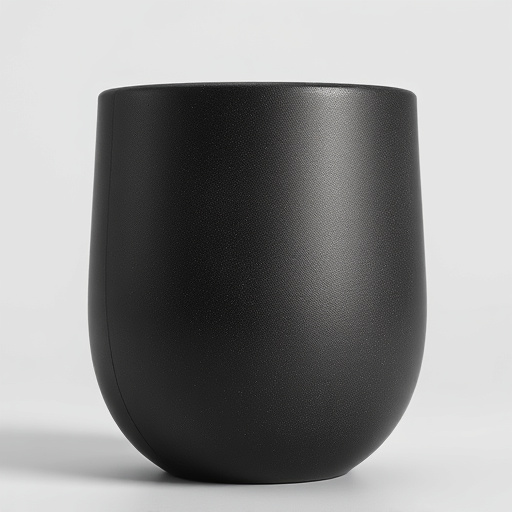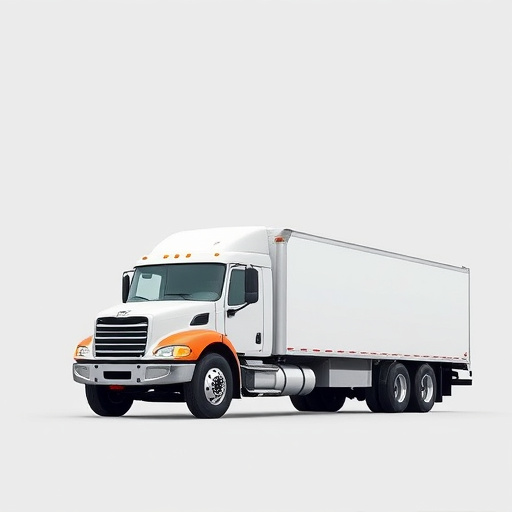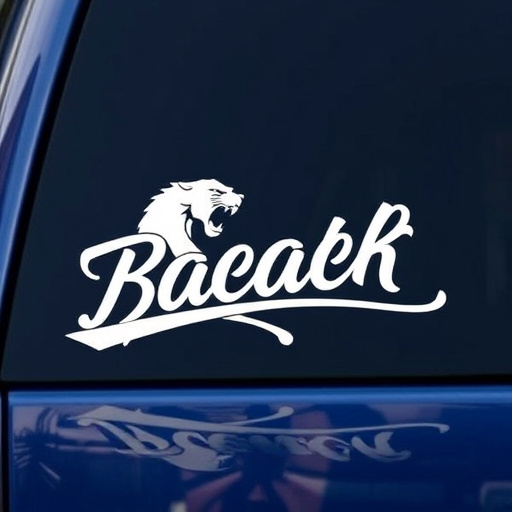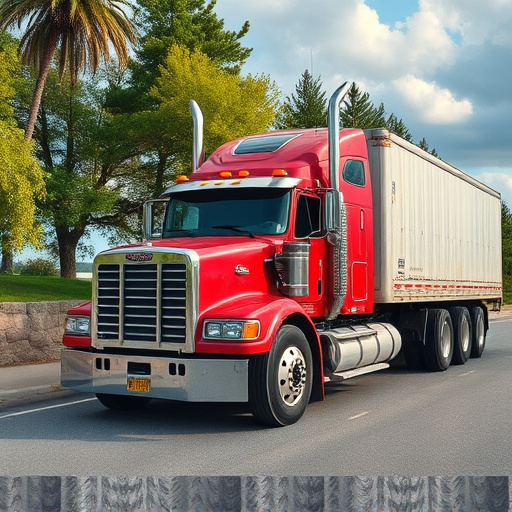Understanding decal types is key for professional vehicle decal installation: vinyl for flexibility and durability, static cling for ease, and paint protection film (PPF) for advanced protection. Prepare surfaces by cleaning, waxing, and drying on cool mornings. Meticulously align decals on clean, dry surfaces after temporary transfer, using guidelines and a squeegee for secure attachment.
Looking to transform your ride with sleek, professional-looking decals? Discover the easiest types of vehicle decal installations for a flawless finish. This guide breaks down the nuances of various decal types, offering essential preparation tips and step-by-step instructions for achieving crisp, clean placement. From understanding material characteristics to mastering application techniques, learn how to seamlessly integrate eye-catching graphics onto your vehicle’s surface.
- Understanding Different Decal Types for Easy Installation
- Preparation Tips for Seamless Vehicle Decal Application
- Step-by-Step Guide to Achieving Crisp, Clean Decal Placement
Understanding Different Decal Types for Easy Installation
When it comes to vehicle decal installation, understanding different decal types is key to achieving a clean and professional look. There are various options available in the market, each with unique characteristics that make them easier or more challenging to install. For instance, vinyl decals are among the simplest to apply due to their flexible nature and precise cutouts, allowing for accurate placement on curved surfaces. These decals are also durable and can withstand varying weather conditions, making them a popular choice for vehicle enhancements.
On the other hand, static cling decals offer a hassle-free installation process as well, adhering firmly to glass or smooth surfaces without any special tools. They are particularly useful for window graphics or temporary decorations. For those seeking more advanced options, paint protection film (PPF) provides an excellent solution for vehicle protection, offering a seamless fit and durable defense against scratches and chips. PPF is applied like a decal but serves as a protective layer over the paintwork, enhancing the overall look and value of your vehicle.
Preparation Tips for Seamless Vehicle Decal Application
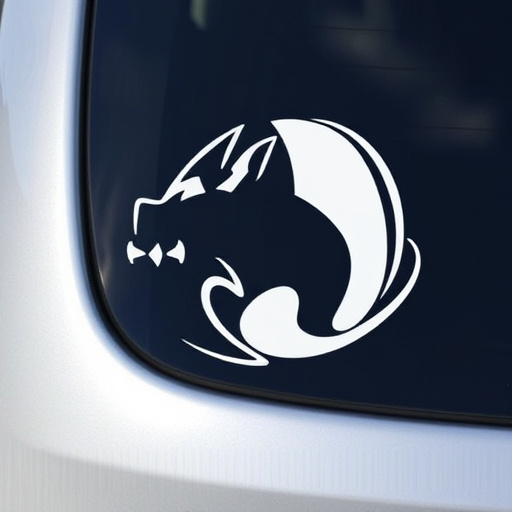
Before applying vehicle decals, proper preparation is key to achieving a clean and professional look. Start by cleaning your car’s surface thoroughly to remove any dirt, grease, or fingerprints that could hinder adhesion. Use a dedicated car wash and wax to ensure the paint is in optimal condition; this provides a smooth base for the decal. It’s also crucial to choose the right time of day—typically on a cool, dry morning—to install the decals, as extreme temperatures can impact application.
For a seamless installation, consider using protective coatings or ceramic window tinting to safeguard your vehicle’s finish. These layers create a barrier against scratches and other damage during the decal placement process. Additionally, ensure your car is thoroughly dried before applying pressure-sensitive decals, as moisture could lead to bubbles or misalignment. With these preparation tips in mind, you’ll be well on your way to achieving that desired look with minimal fuss.
Step-by-Step Guide to Achieving Crisp, Clean Decal Placement

Achieving crisp, clean decal placement requires a step-by-step approach to ensure precision and minimal errors. First, prepare your surface by cleaning it thoroughly with soap and water or dedicated cleaner to remove dust, grease, or any other contaminants that might affect adhesion. For best results, use a microfiber cloth to dry the area gently.
Next, transfer the decal from its backing onto a flat, smooth surface temporarily. This allows you to align and adjust it precisely before final installation. Apply even pressure while removing the backing film in one smooth motion. On your vehicle, create a guide line using tape or markers at the desired placement points. Align the decal with these guidelines, ensuring all edges sit flush against the surface. Once perfectly positioned, secure the decal using a squeegee or clean, dry cloth, applying firm but even pressure to remove any air bubbles and ensure strong adhesion. Finally, inspect your work for any remaining debris or misalignments, making minor adjustments as needed.
When it comes to installing vehicle decals cleanly and effortlessly, understanding the right types of decals and following simple preparation and application steps is key. By choosing between popular options like vinyl or static-cling decals, and ensuring your surface is clean and dry, you can achieve a crisp, professional look with minimal effort. With the right approach, vehicle decal installation becomes a breeze, allowing you to transform your car or truck into a mobile canvas without hassle.








